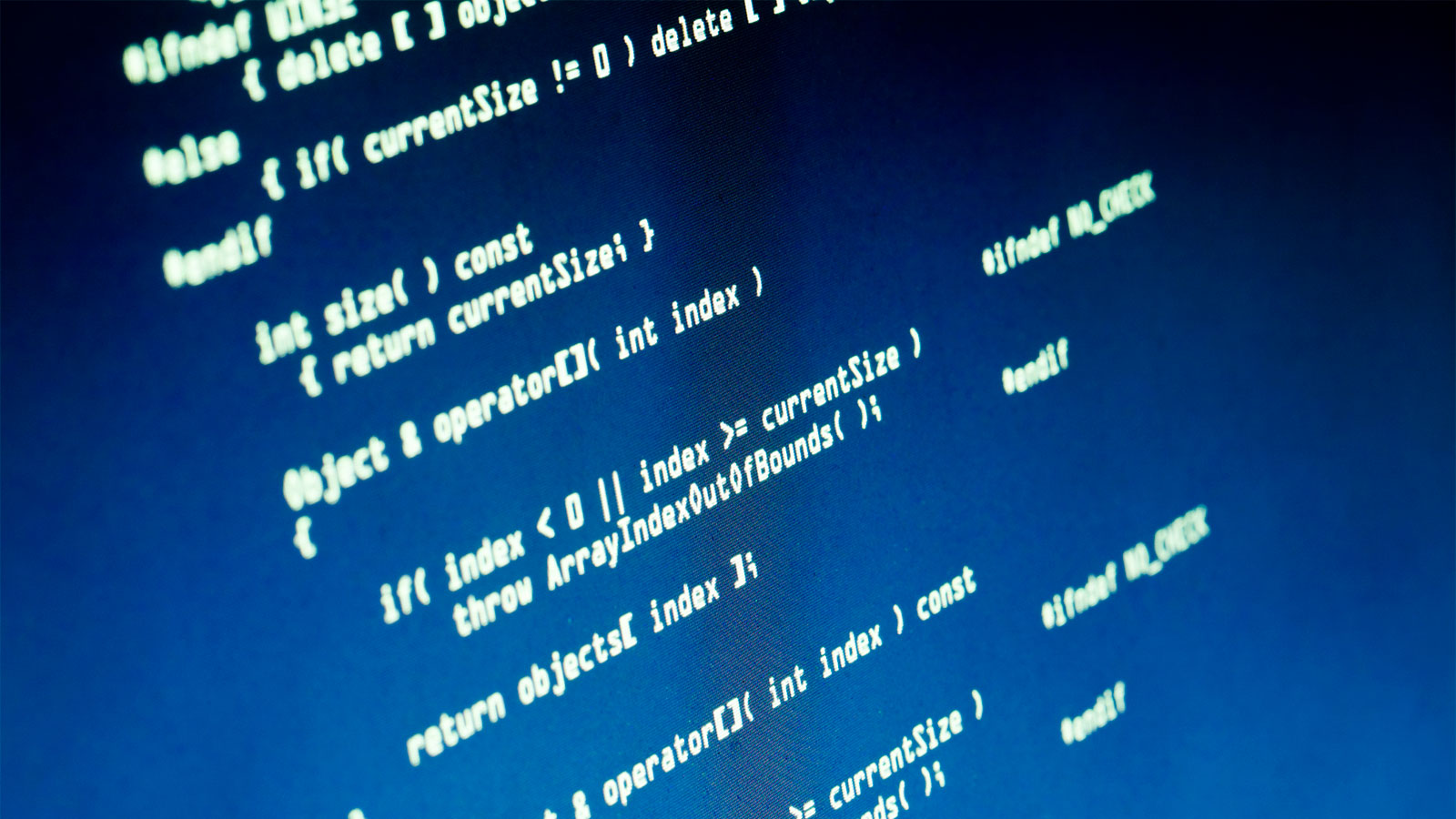
Writing a C program refers back to the procedure of creating a pc application using the C programming language. C is a excessive-stage programming language that lets in programmers to jot down green and concise code that can be carried out on a extensive sort of systems, from embedded structures to supercomputers.
Writing a C Program provide you with a step-by-step guide :
- Install a C compiler: Before you may write and run a C software software, you want to have a C compiler installed to your pc. Some well-known alternatives are GCC, Clang, and Visual Studio.
- Choose a text editor or an IDE: You can write your C software software software program in any textual content editor or an Integrated Development Environment (IDE) of your preference. Some famous alternatives are Visual Studio Code, Sublime Text, and Code::Blocks.
- Start with a smooth “Hello, World!” software software: This is a commonplace place to begin for any programming language. In C, you may print “Hello, World!” to the console the use of the following code:
#include <stdio.h>
int main() {
printf(“Hello, World!\n”);
return 0; }
- Understand the code: Let’s damage down the code above. The first line consists of the usual enter/output header document, which includes the printf function. The most important function is the entry factor for any C software. Inside the principle characteristic, we call the printf feature to print “Hello, World!” to the console. The n man or woman is used to feature a newline at the stop of the output.
- Compile the code: Save the code in a document with a .C extension (e.G., hey.C) and assemble it the use of your C compiler. For instance, with GCC, you could run the subsequent command on your terminal:
gcc hello.c -o hello
This will generate an executable file named hello.
- Run the program: Finally, you can run the program by executing the executable file. In the terminal, type:
./hello
This should print “Hello, World!” to the console.
- Continue writing your application: Once you recognize the fundamentals of C programming, you can keep writing greater complicated applications. Remember to follow exact programming practices, inclusive of the usage of meaningful variable names, commenting your code, and checking out your application thoroughly.